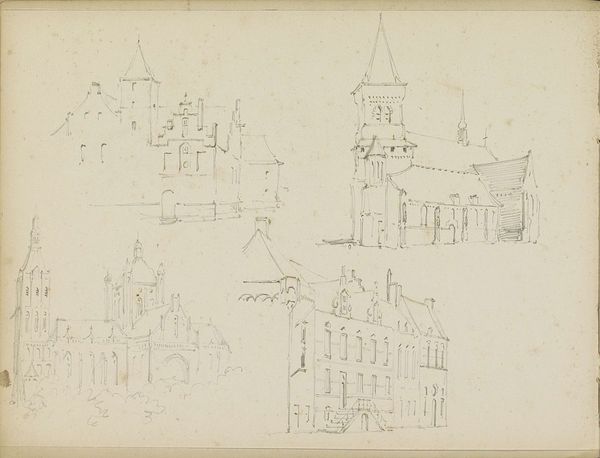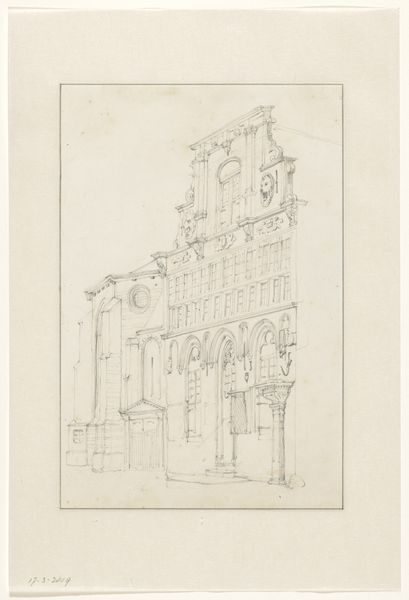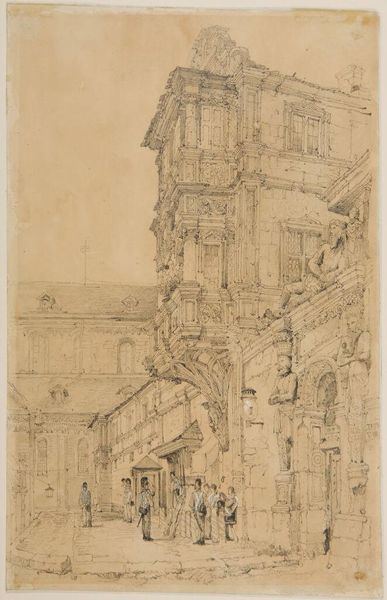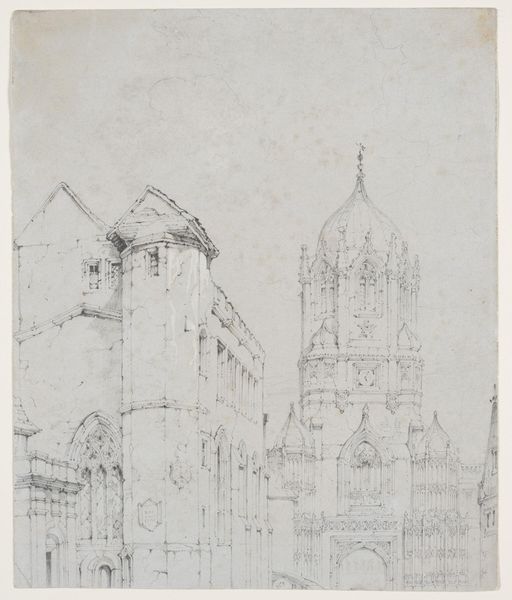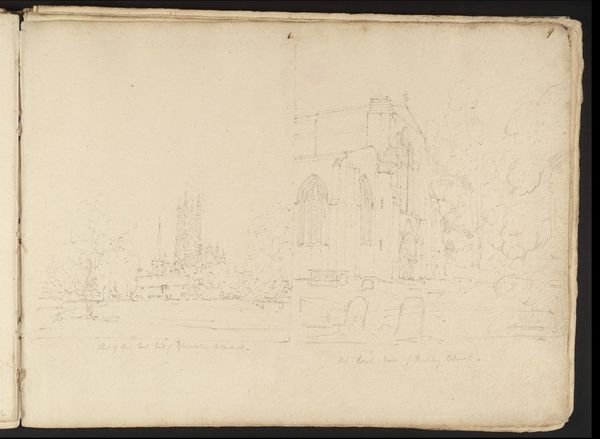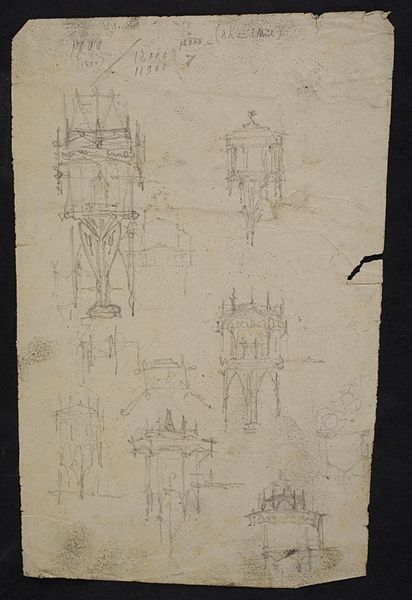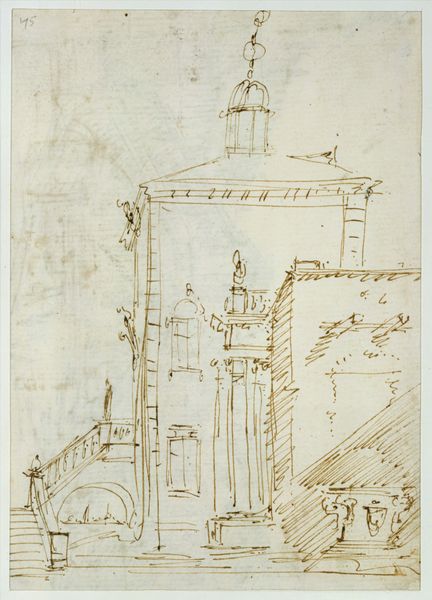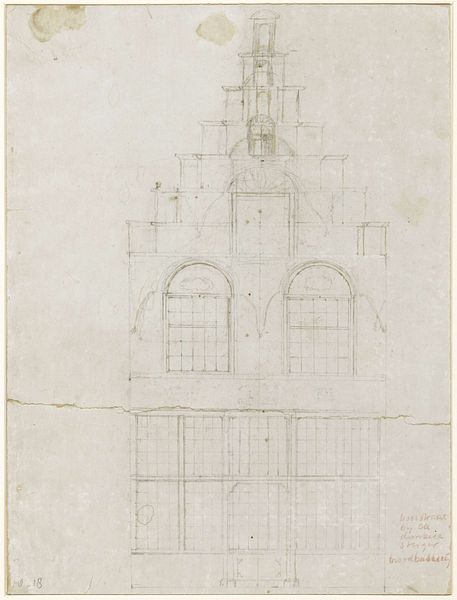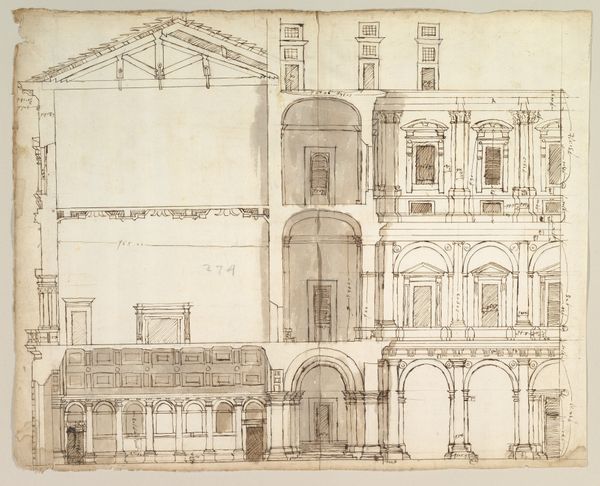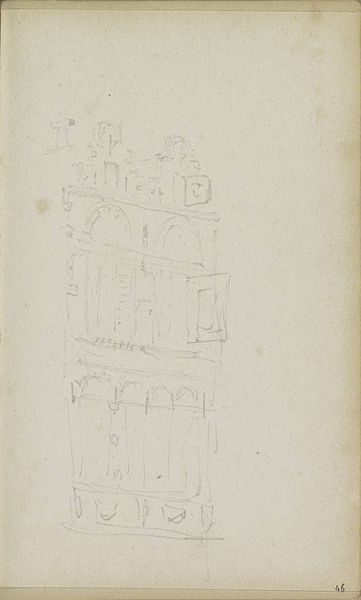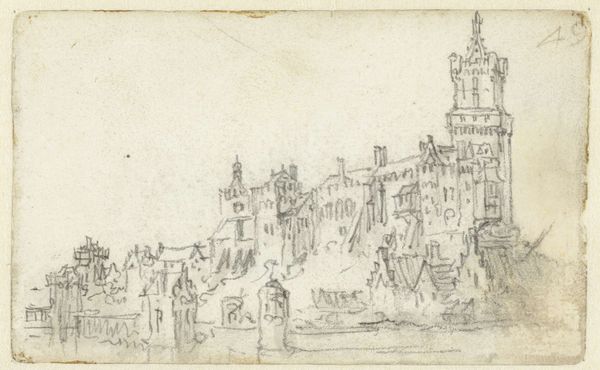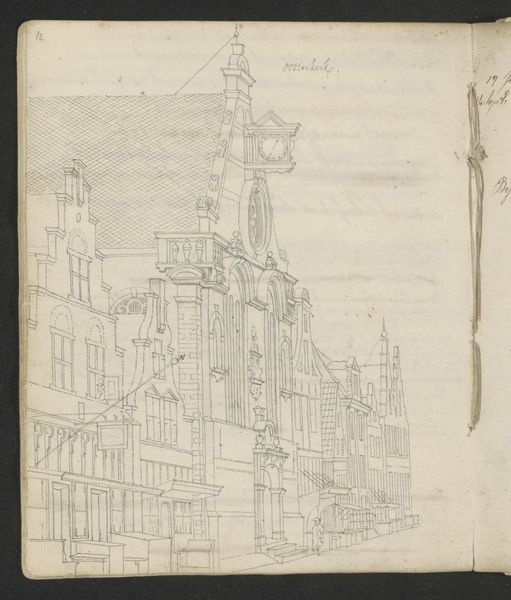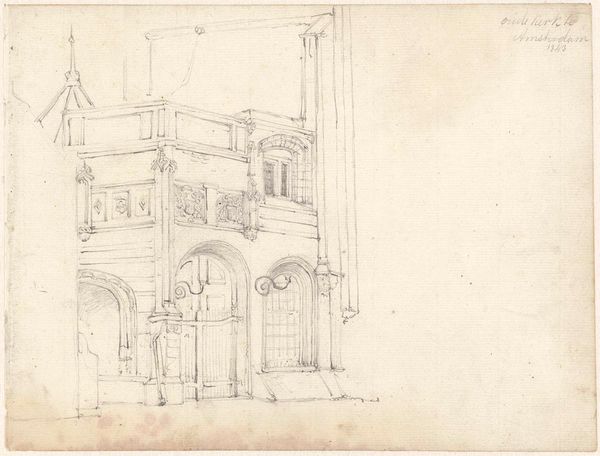
Study for The Royal Exchange, from Microcosm of London c. 1809
0:00
0:00
drawing, print, paper, ink, graphite, pen, architecture
#
drawing
# print
#
sketch book
#
paper
#
form
#
ink
#
romanticism
#
line
#
graphite
#
pen
#
cityscape
#
architecture
#
realism
Dimensions: 377 × 298 mm
Copyright: Public Domain
Curator: Here we have Augustus Charles Pugin's "Study for The Royal Exchange, from Microcosm of London," created around 1809. It’s currently part of the collection at The Art Institute of Chicago, rendered in pen, ink, and graphite on paper. Editor: My initial impression is one of meticulous observation mixed with artistic license. The lines are precise, yet there's a certain freedom, a sketching quality, especially in the architectural details. It feels more like a preparatory exercise than a finished piece. Curator: Precisely! As a study, it offers us insight into Pugin’s process of representing architecture and social space. Look at how the lines not only depict the structure, but also suggest the material qualities of stone and the play of light within the Royal Exchange. It makes me think about the very act of surveying, measuring, and ultimately, constructing representations of British imperial power through institutions like the Royal Exchange. Editor: I'm drawn to the composition itself. Note the placement of various architectural elements – arched colonnades, statues – within a defined picture plane. Pugin organizes space through perspective, guiding the viewer's eye deeper into the imagined environment. The arrangement fosters a dialogue between flatness and depth. Curator: And yet, these idealized forms often concealed the realities of labour, commerce, and colonialism that fueled the Exchange. This building facilitated trade—a trade in goods, people, and power. Do you see how such sketches naturalize this enterprise? Editor: Perhaps, but I’m equally intrigued by the formal repetitions: the rhythmic repetition of the arches, for instance, or the echoing forms of the statuary niches. This creates a visual harmony and unity, almost a lyrical quality amidst the rigid architectural precision. The materials—pen, ink, graphite—emphasize line, highlighting spatial organization. Curator: True. I guess the starkness of the medium is almost misleading when one starts considering the dense web of economic relations it conceals... it’s about class, about globalized power and the spectacle of prosperity created by colonial networks. This drawing only depicts what the upper classes wanted to see and celebrate! Editor: I appreciate your socio-historical perspective, truly. And it reminds me that visual elegance need not exclude, or mask, deep underlying truths. Studying Pugin’s study can provoke meaningful questioning. Curator: Absolutely, the piece prompts a rich reflection on architecture's role in both reflecting and shaping society, even in its seemingly simple lines and textures. Editor: Agreed.
Comments
No comments
Be the first to comment and join the conversation on the ultimate creative platform.

